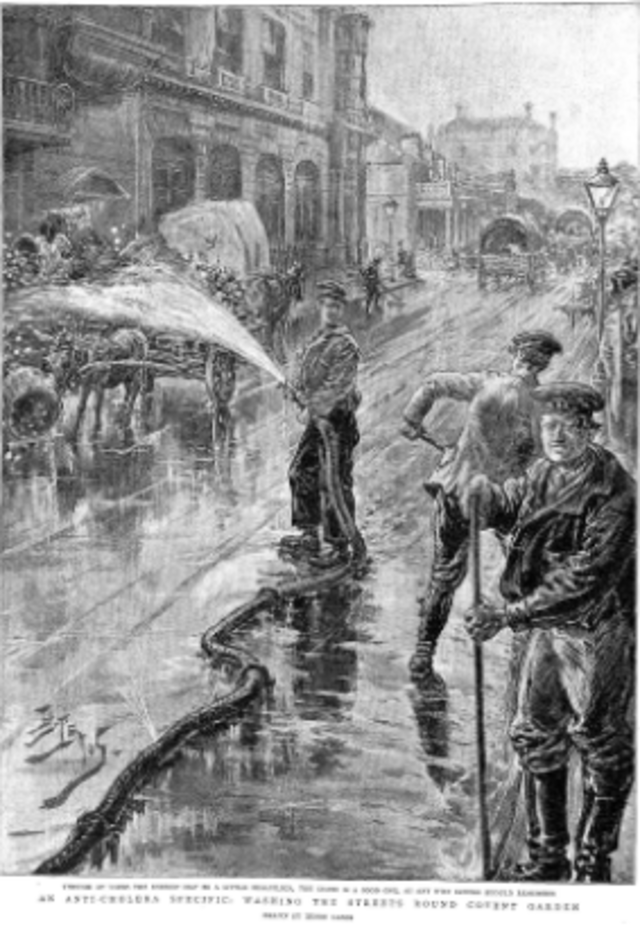Frank’s Commentary:
I was reading the newspaper today and I came across this picture in the paper. I have to say that I quite like it. Of course, the subject matter is a little grim, but the engraving itself is wonderfully done. I particularly like the reflection work done in the water; it looks very nice. It’s indicative of the attention to detail in the picture. I wonder if I could reach out to the artist and compare techniques? I would certainly appreciate the opportunity to see if I couldn’t improve my own art. The contents of the picture are also quite good, and I would be lying if I said I haven’t seen such an incident myself. It seems to be quite the unfortunate event, but I can admit that it is a little humorous to see as well, and I would happily pay for a photo of such an incident. Not that I imagine such a photo would happen outside of very specific circumstances. Perhaps I could convince the Lorimers to help? But that would require far too much effort, and regardless, they are simply too busy to ask them to take time out of their schedule for such a minor thing. Ah well, this engraving captures the scene well enough. Although, now that I think of it, I should talk to the Lorimers soon about getting some more photos for my own work. I keep going over to mention it and then getting distracted by conversation.
Editorial Commentary:
Engraving, which was the method used to create images such as the one pictured above, were used by newspapers for a large part of the Victorian Era (Beegan 258). As such, it is unsurprising to hear that Mr. Jermyn made his living as an artist who did engravings. The actual process of engraving is simple, if time consuming. The artist simply had to create an image in reverse, and then have that image carved into a piece of wood, at which point the wood could be printed with a device called a letterpress (Beegan 259). Engraving was a cheap and effective way to produce illustrations for various uses, and was therefore quick to spread throughout Victorian England in the early 19th century, and it quickly became an industrialized practice, with even independent engravers seldom having time to meet with clients due to the demand for illustrations (Beegan 260). The invention of photography marked a major shift in Engraving, as the practice of drawing images for engraving was replaced with using photographs instead (Beegan 266). This was a slow and unwieldy process, but one that would ultimately become commonplace in order to save time and money (Beegan 269). Photography, along with a host of other problems, ultimately led to the decline of engraving, and by 1892, which is the general time frame this journal entry was written, engraving was both significantly less common and less profitable (Beegan 270). All of this means that Mr. Jermyn was likely not doing very well financially. It also serves to explain his business relationship with the Lorimer sisters, who likely helped Mr. Jermyn prepare images for engraving.
Sources:
Lanos, Henri. An Anti-Cholera Specific: Washing the Streets Round Covent Garden. London, 1 Sept. 1894, www.bl.uk/collection-items/newspaper-illustration-showing-people-washin…;
Beegan, Gerry. “The Mechanization of the Image: Facsimile, Photography, and Fragmentation in Nineteenth-Century Wood Engraving.” Journal of Design History, vol. 8, no. 4, 1995, pp. 257–274. JSTOR, www.jstor.org/stable/1316021. Accessed 16 Apr. 2021.


